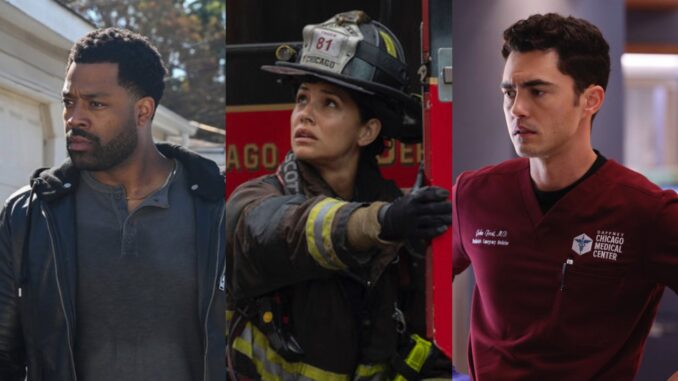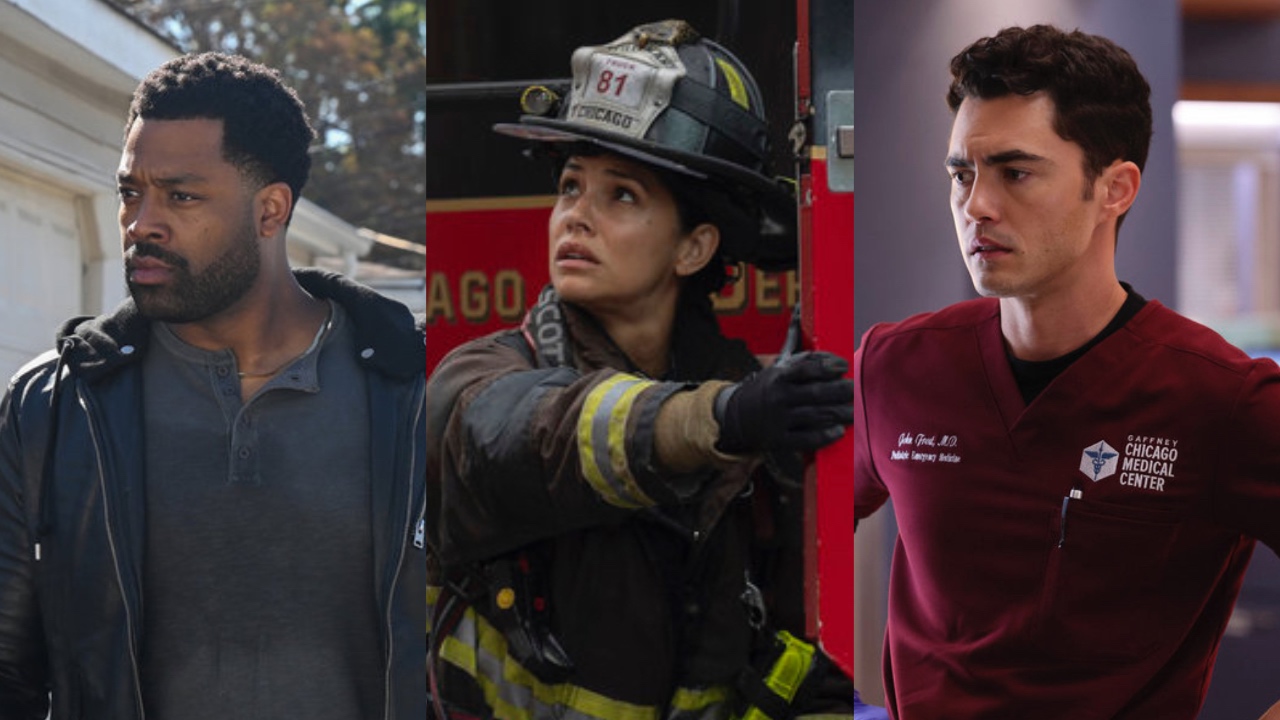
A whisper from the future, a date etched not yet in calendar ink but in the collective consciousness of a fandom, carries the weight of a monumental promise: “One Chicago 2026 Crossover Is Set Up To Be The Biggest In 11 Years.” This isn’t merely a programming announcement; it’s a narrative supernova on the horizon, a seismic event anticipated years in advance, promising to redefine the very landscape of a beloved television universe.
For over a decade, Dick Wolf’s “One Chicago” franchise—Chicago Fire, Chicago P.D., and Chicago Med—has woven an intricate tapestry of heroism, heartbreak, and resilience across the Windy City. Its strength lies not just in its individual, compelling narratives, but in the seamless, often explosive, intersections of its worlds. Paramedics treat the victims of a crime, firefighters douse the flames of a disaster that P.D. investigates, and doctors scramble to save lives caught in the crossfire. The crossover episodes are the crucible where these worlds truly collide, forging a narrative stronger and more expansive than any single show could achieve.
The pronouncement of a 2026 crossover being the “biggest in 11 years” immediately conjures images of the legendary, city-paralyzing events of the past—the deadly pandemics, the sprawling terrorist plots, the catastrophic infrastructure failures that forced every uniform, every siren, and every medical professional into a desperate, unified struggle. It sets a benchmark, not just for a large-scale event, but for a narrative ambition that aims to eclipse even those revered benchmarks. This isn’t just another shared crisis; it’s being framed as the crisis, a narrative Everest that will demand the convergence of every major character, every available resource, and every ounce of courage Chicago has to offer.
Imagine the sprawling canvas of such an event. The air thick with the acrid scent of smoke and the metallic tang of fear, a distant wail of sirens growing steadily louder, converging from every direction. The emergency channels crackle with frantic updates, a cacophony of voices painting a picture of city-wide chaos. Picture Squad 3, their faces grimed with soot, battling an inferno that threatens to engulf entire blocks, their axes and hoses mere extensions of their unyielding resolve. Simultaneously, Intelligence, under the steely gaze of Voight, navigates the fractured remnants of the city, piecing together clues amidst the debris, tracking a shadowy threat that seeks to exploit the very fabric of the disaster. And at Gaffney Chicago Medical Center, the organized chaos of the E.R. pulsates with a desperate rhythm, the fluorescent lights reflecting off the grim determination in the eyes of doctors and nurses as they perform miracles under duress, triage turning into a brutal calculus of life and death.
Beyond the spectacle of a city under siege, the true illustrative power of this promised crossover lies in the human element. It’s in the silent, understanding nod between a firefighter and a police officer who’ve faced too many nightmares together. It’s in the shared glance between a trauma surgeon and a detective, both haunted by the same violence, working on different ends of its aftermath. Personal stakes will be sky-high. Loved ones will be in peril, relationships tested to their breaking point, and the very foundations of these characters’ lives will be shaken. Will familiar faces from the past return to lend aid, or perhaps to complicate matters? Will new alliances be forged in the crucible of unprecedented danger? The anticipation isn’t merely for the scale of the disaster, but for the raw, human drama that will inevitably unfold when these tight-knit units are pushed beyond their limits.
This future crossover is more than just a television event; it’s a communal ritual, a shared experience for millions. The years of build-up will create a fertile ground for fan speculation, theories, and eager anticipation, amplifying the eventual payoff exponentially. When 2026 finally arrives, the collective gasp, the tears, the triumphs, and the heartbreaks will resonate across living rooms and social media feeds, creating a cultural moment unique to the “One Chicago” universe. It promises to be a narrative spectacle, yes, but also a profound exploration of community, sacrifice, and the unbreakable spirit of a city and its heroes. The 2026 crossover isn’t just set up to be big; it’s set up to be legendary, a defining chapter in the “One Chicago” saga that viewers will discuss for years to come.

